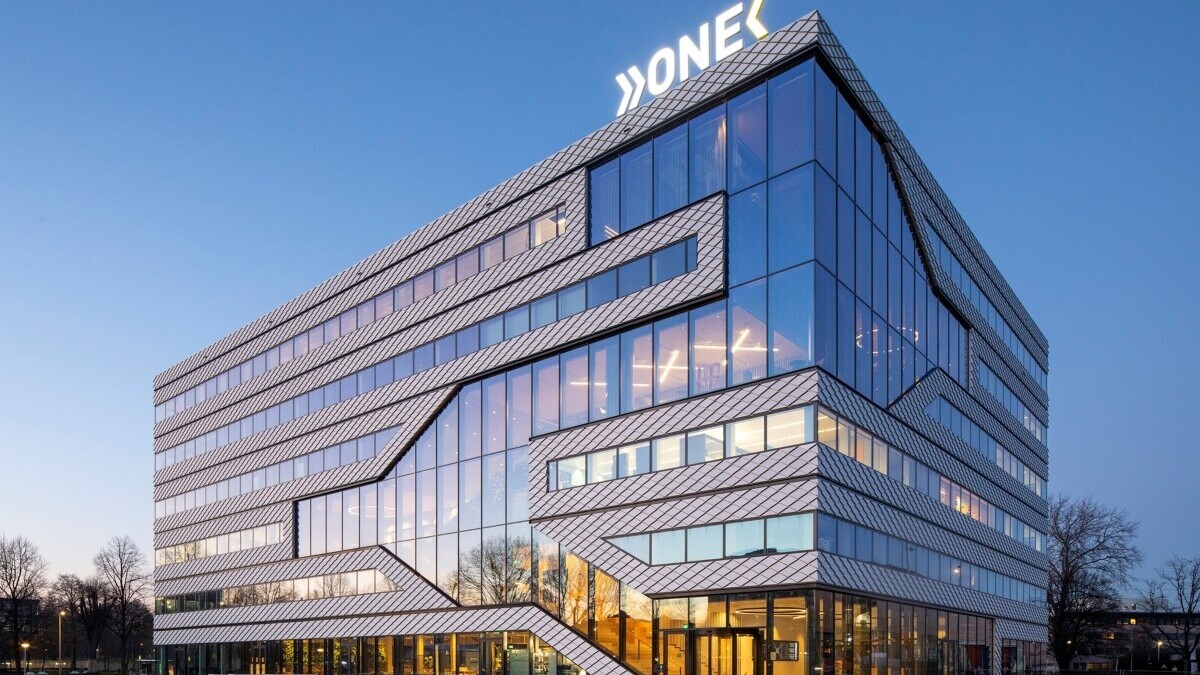
Story by
Siôn Geschwindt
Siôn is a reporter at TNW. With a background in environmental science, he loves to write about climate tech, policy, and the built environme Siôn is a reporter at TNW. With a background in environmental science, he loves to write about climate tech, policy, and the built environment.
Dutch architecture firm MVRDV has completed Matrix One — a 6-storey, energy-efficient, office and laboratory block constructed using over 120,000 reusable components.
The building is the largest of seven that make up the Matrix Innovation Center in the Amsterdam Science Park, which serves as a hub for scientists and entrepreneurs developing solutions to some of the world’s toughest challenges.
Matrix One has been designed for disassembly: almost everything from the doors and windows to ceilings and furniture is fully detachable and reusable. Even the floors are made from prefabricated concrete slabs with no fixed connections — they can simply be unscrewed and removed.
MVRDV teamed up with Dutch startup Madaster to create ‘material passports’ for the building. These digital IDs store key information about each component — like weight, dimensions, and material characteristics — which aids efficient reuse further down the line.
Once the building reaches the end of its useful life or gets renovated, these components could be available for purchase on a second-hand marketplace (think eBay for buildings). According to MVRDV, 90% of the building’s materials can be used again.
“In the future, we hope this is how all buildings will work,” said MVRDV partner Frans de Witte.

Construction and demolition is currently responsible for a third of all waste generated in the EU. Making the sector more circular — that is, to minimise waste to the furthest extent possible — has been identified as a key priority for the Dutch government, in line with its commitment to transition to a fully circular economy by 2050.
Parallel to the push toward circularity is cutting down the carbon footprint of buildings and infrastructure, which account for a whopping 37% global CO₂ emissions. Projects like Matrix ONE act as a testbed for many of the technologies needed to minimise these impacts.
“Matrix ONE offered an excellent opportunity for us to test a number of carbon-reduction strategies we have been investigating for a long time,” said de Witte.
The rooftop of Matrix One is covered with a 1,000 sq.m solar array, with the rest given over to greenery, helping improve insulation. Lighting and heating are controlled by sensors and via a phone app, to reduce energy consumption.
Matrix One also has a restaurant on the ground floor, a bar at the top of the staircase, a 100-seat auditorium, and storage space for bikes.
Get the TNW newsletter
Get the most important tech news in your inbox each week.
Also tagged with